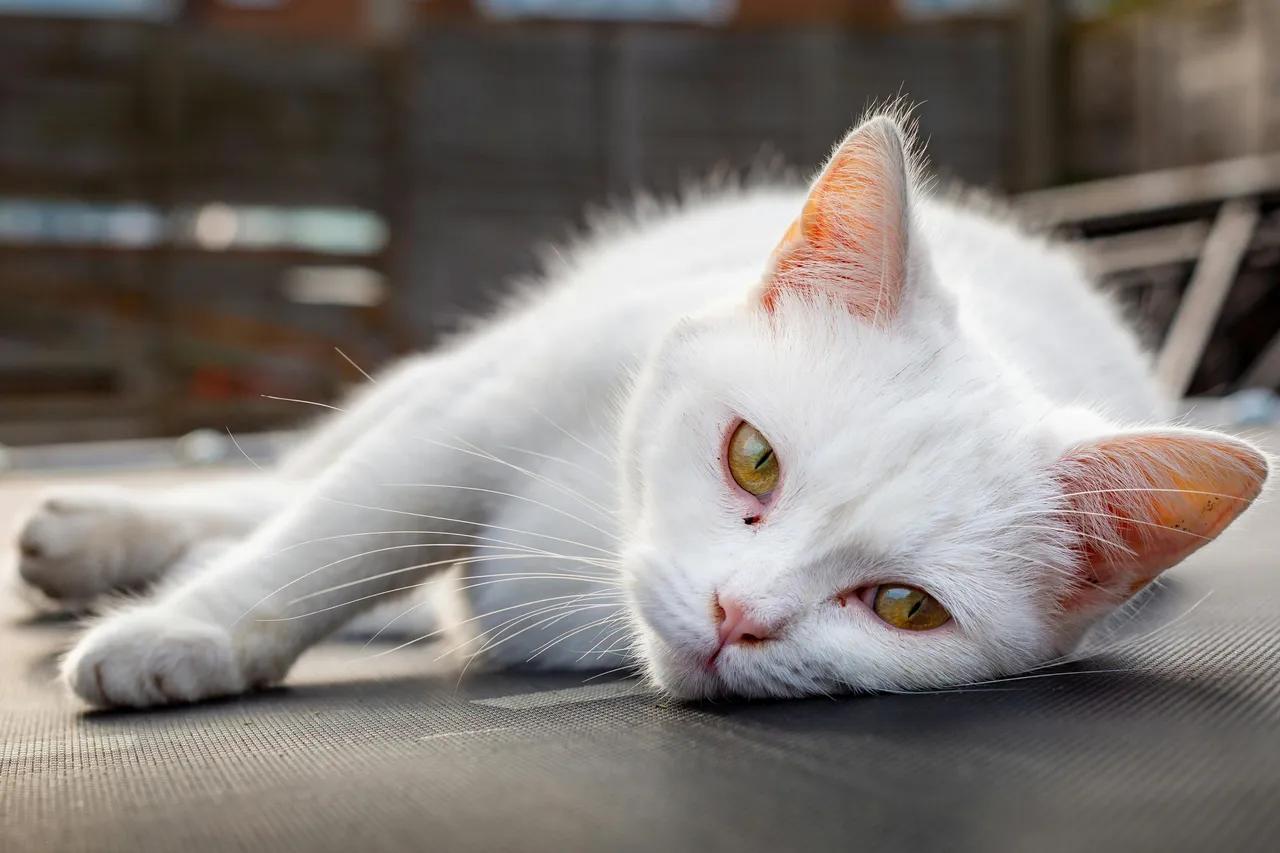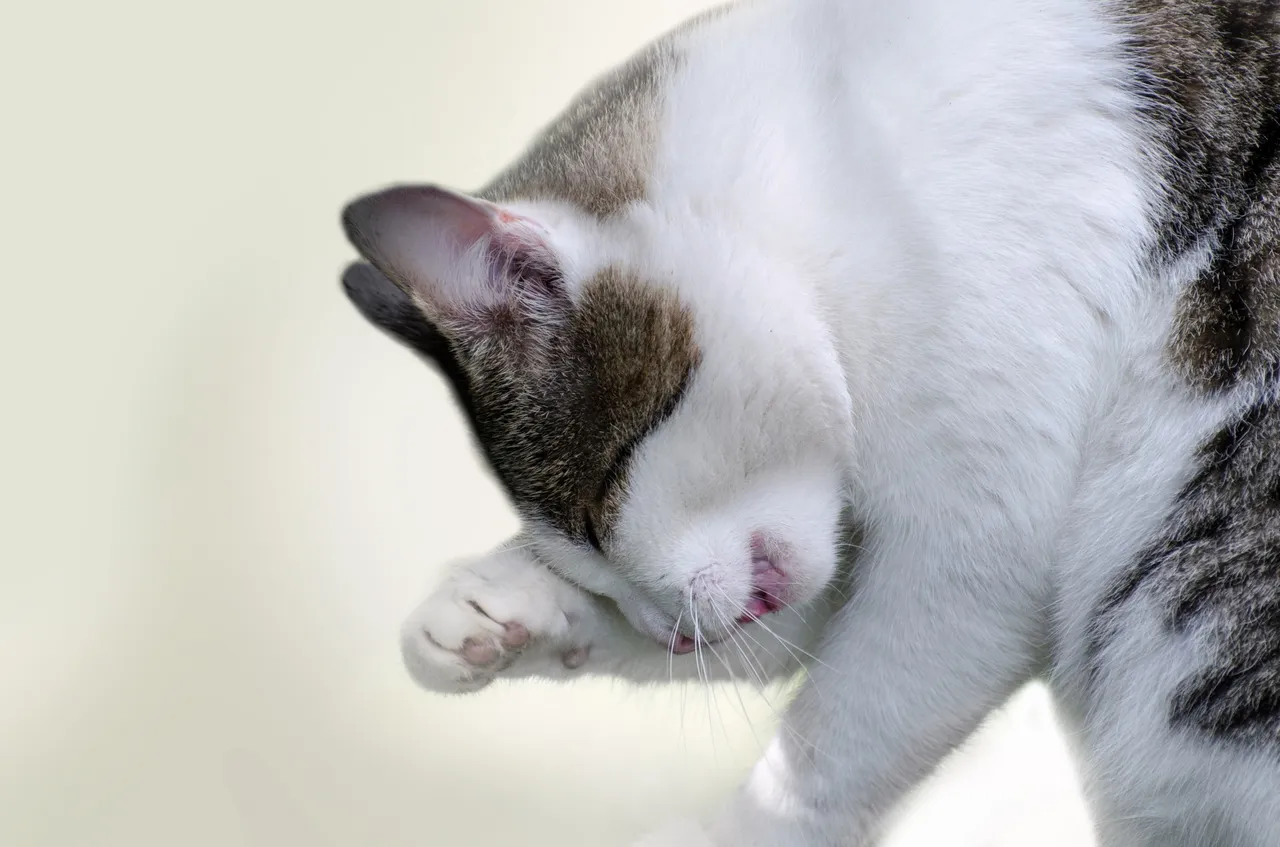As pet owners, we must not take with levity the health of our pets, the health of our pets has a strong hold on our health as well, paying appropriate attention to the details of the health of our pets, will save us a lot of trouble. In this article, I will be writing about, a common skin disorder that affects a large population of cats, which is ringworm, ringworm in cats is scientifically known as, feline dermatophytosis, with the name ringworm, it is easy for us to convince the disorder with an appearance of a worm, but regardless of the name, this disorder is a fungal infection that has absolutely nothing to do with worms. The fungi responsible for this disorder is, dermatophytes, which is a microscopic organism that originates from the soil, the originated microscopic organism can flourish as a parasite outside the home environment, once this fungus gets attached to the host body, it survives through digestion of keratin.
Keratin is an extremely small fungi, it is so small that, it can only be seen through a microscope, it produces swiftly, creating millions of single-cell reproductive spores, which are capable of growing into a new set of microorganisms.

pexels.com
In the case where dermatophytes come in contact with an existing feline tissue of a cat;
It may be brushed off by a self-grooming cat.
Creates a firm connection on the skin, causing an adverse reaction on the skin.
They may get into a competition with a stronger microorganism and lose out by disappearing.
They may settle on the animal's skin and cause dermatitis.
Dermatitis is an inflammatory disease that can show itself in several unpleasant ways.
Feline ringworm is not something that you want to take lightly. If it does go away without treatment, the process will typically take anywhere from nine months to a year, during which time the animal’s hair will keep falling out and its bare skin will be exposed. This can increase the animal’s risk of skin wounds and subsequent infection.” Miller Jr.
The ringworm disease is a serious one, as it is a zoonotic disease that can be passed from an infected cat to a human through contact, either by coming in direct contact with the infected animal or person or by coming in contact with a contaminated surface or objects. The created fungal spores can survive for as long as 18 months, it can remain dormant on brushes, furniture, food bowls, carpets, food bowls, beddings, and other environmental surfaces. A single contact with ringworm fungus does not always cause infection, the number of consistent contamination as well as the age of the infected animal, is a great factor for ringworm development. An intact skin will not get infected by the fungus, for infection to happen, there has to be an open scratch.

needpix.com
Age: Kittens as well as geriatric cats, who have compromised immune systems stand a higher chance of getting the infection.
Climate: Cats that reside in a warmer and a more humid climates, stand a greater chance of getting infected.
Lifestyle: Cats, that roam around, who live in a less densely populated region, low nutrition stand a high chance of getting infected.
Health: More in humans than in cats, a higher immune system functionality would decrease the risk of ringworm infection.
How to identify ringworm in a cat.
It is not always easy to detect ringworm in cats, since the lesions of ringworm may be mild or rarely even noticeable on several occasions. Ringworm fungi survive by feeding on the existing proteins on the outer layers of the hair, nails as well as skin.
Hair loss (Alopecia), occurs in the cat with ringworm infection when the spores infect the hair shaft, this will lead to a high level of fragility in the affected hair.
When the claws are infected, they will appear pitted and rough, as well as develop a scaly base which may eventually result in deformation.
The infection leads to patches when there is hair loss.
Certain cats especially the ones who are long-haired breeds, may grow ringworm without showing any type of clinical sign or even hair loss, regardless of the absence of any clear sign, they still infect other animals or humans they come in contact with.
Treatment Options.
Gladly, there is an available treatment for ringworm infection, the treatment is usually the use of applied medication to the cat's skin as well as oral medication, cleaning the cat's environment properly, will reduce the spread of reinfection after treatment.
Tropical therapy: This treatment option is applied to the skin directly and can be used alone in cases of little lesions, but in cases of bigger lesions, the treatment will be used with oral medications. The tropical therapy option, functions by killing the fungal spores directly, which is important in preventing contamination from the environment, this treatment option will also help to prevent contamination of other animals. Depending on the cat's diagnosis, it will usually take several weeks or several months to treat the cat. Tropical instruments include; creams, shampoos, dips, and ointments.
Oral Therapy: Oral medications are usually the most effective form of treatment for ringworm cat infection, this medication targets the fungus, and then stops the reproduction and treatment. Once this treatment process is complete, only the original fungus remains and it can be removed with other available treatment options. A single proper medication will help in treating the most common type of cat ringworm that exists which is Microsporum. However, the same fungus left spores in the environment, a more reason why there is a strong need for environmental disinfection. The vet may prescribe medications like; Griseofulvin, Itraconazole, and Terbinafine.
Getting the environment disinfected: Cat hairs that have microscopic spores may have fallen out and distributed around your home. Human infection, and re-infection of your pet are very possible except environmental disinfection is carried out.
References.
http://www.abcdcatsvets.org/dermatophytosis-ringworm-in-cats/
https://www.purina.co.uk/articles/cats/health/parasites/ringworm-in-cats
https://www.goodrx.com/pet-health/cat/ringworm-in-cats
https://www.petmd.com/cat/conditions/skin/c_ct_dermatophytosis